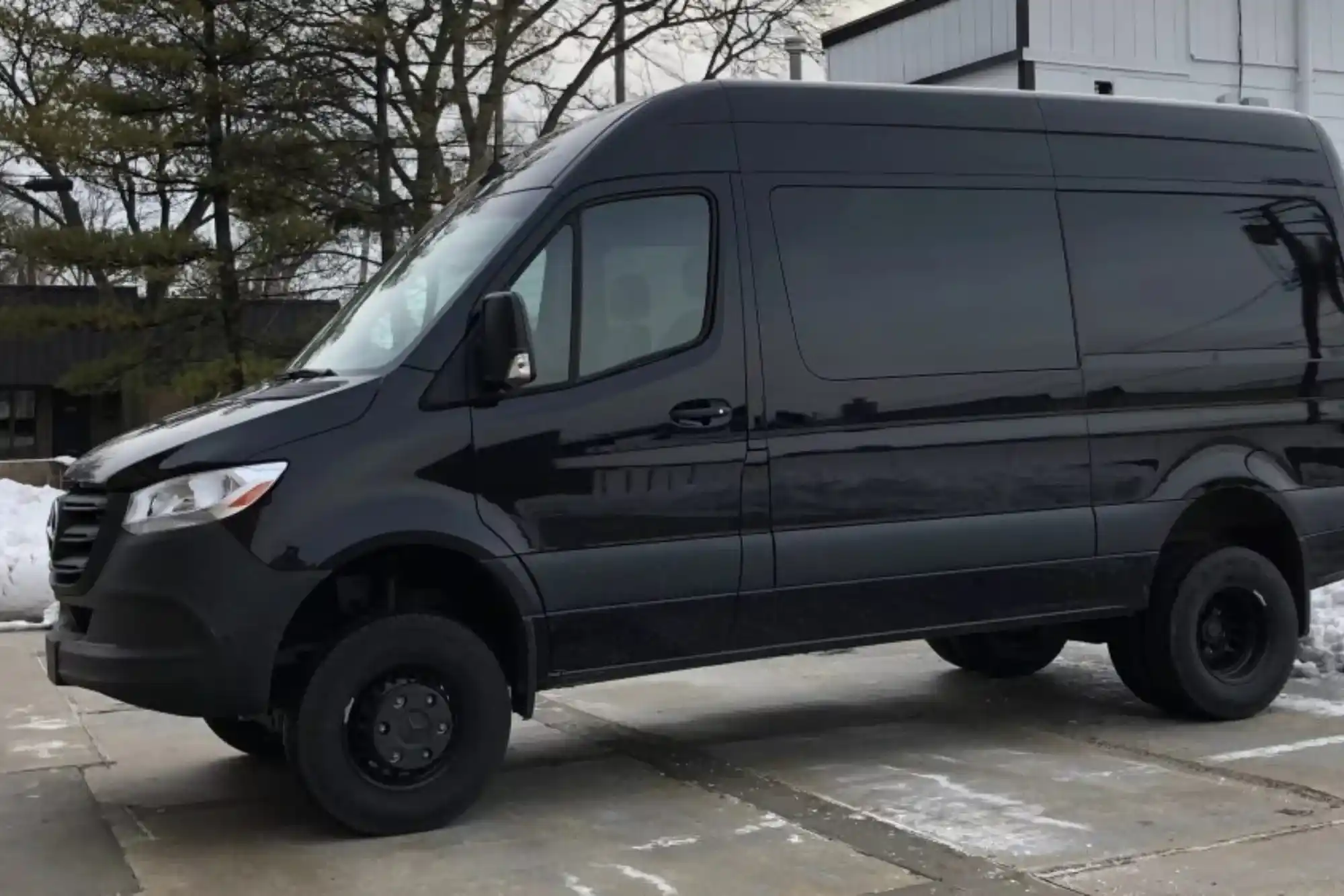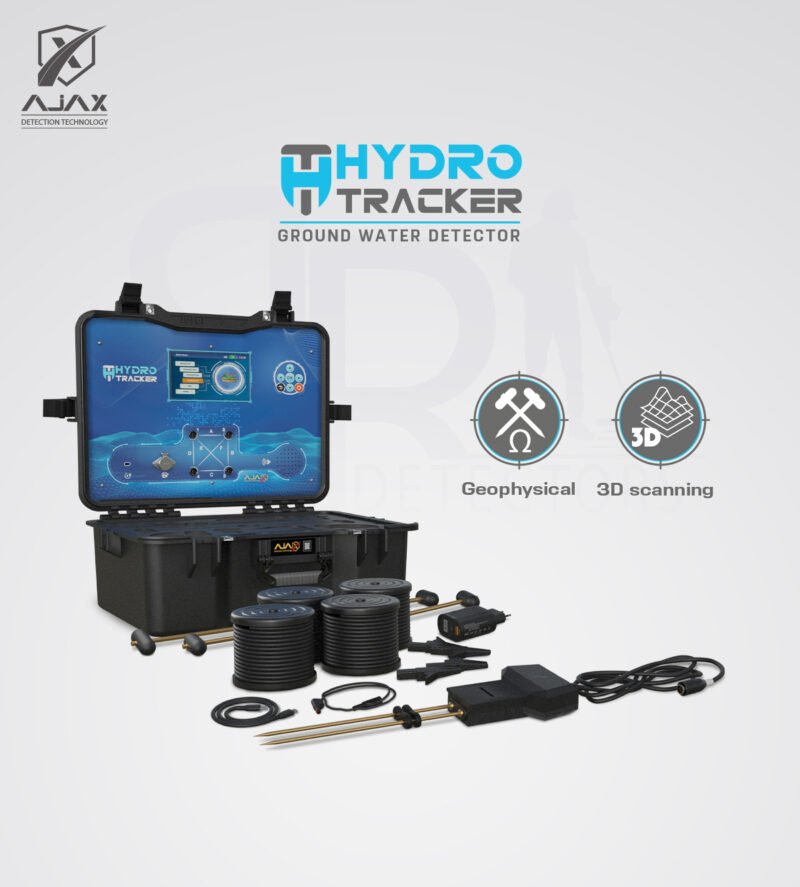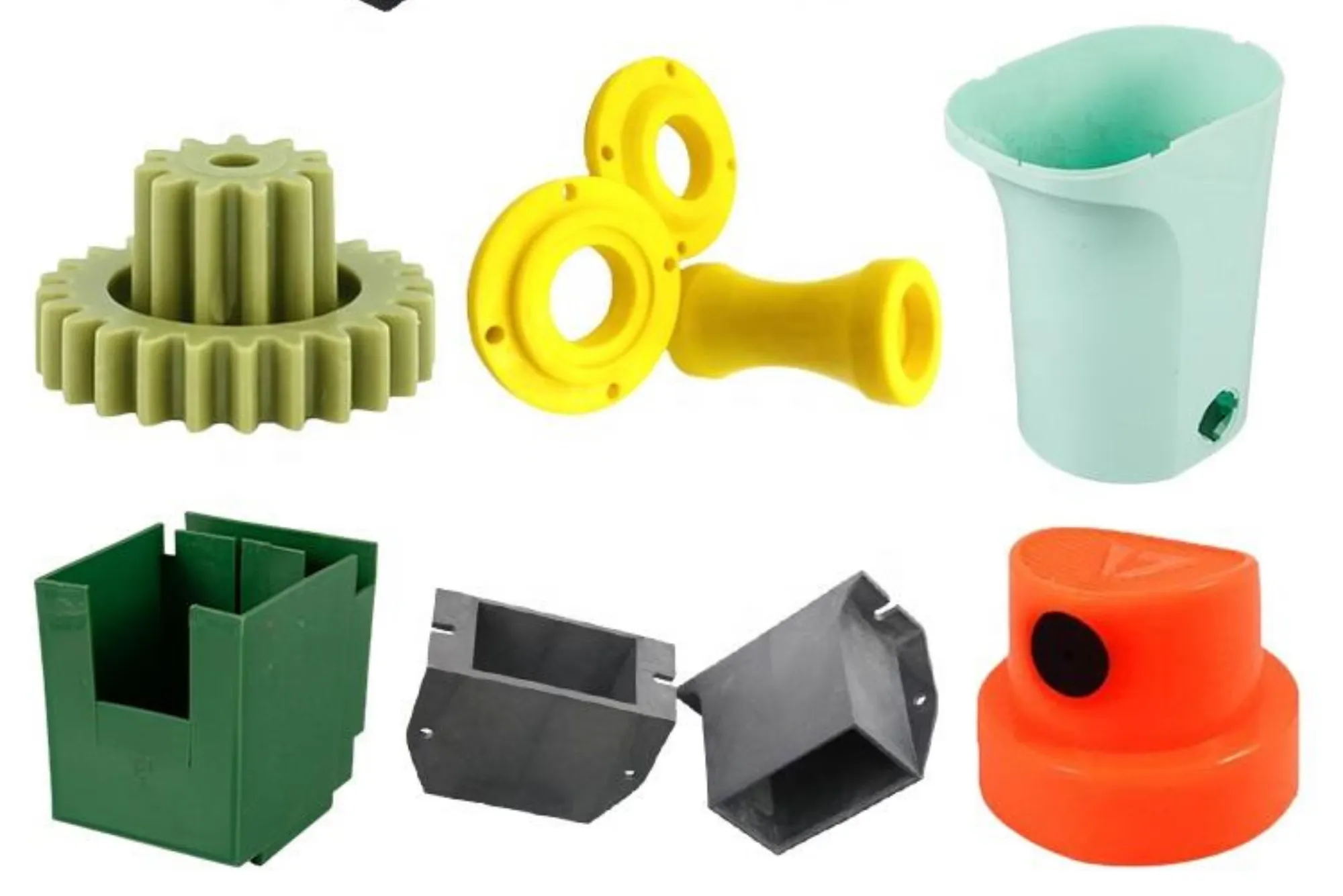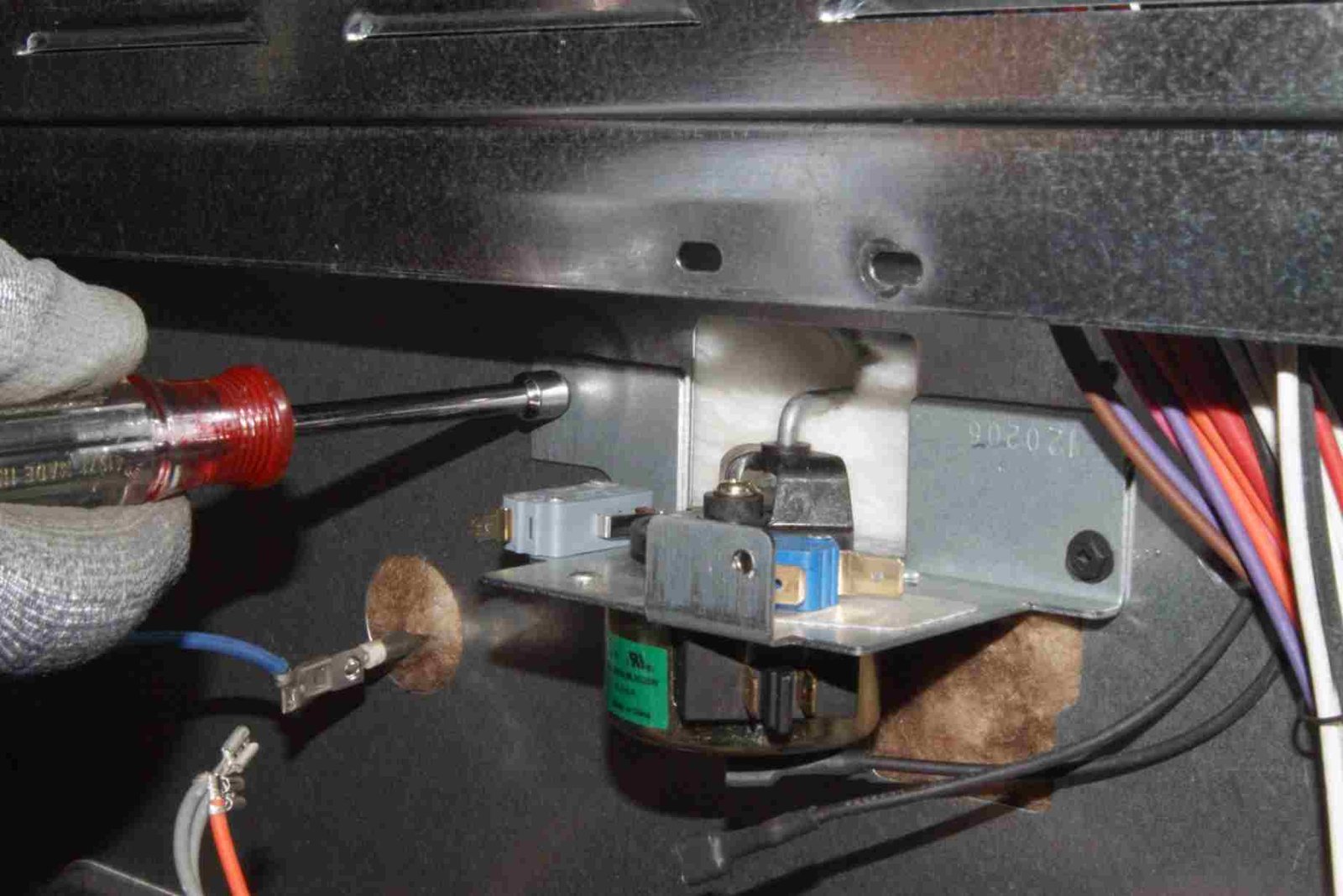When it comes to logistics and transportation, understanding freight dimensions is crucial for ensuring efficient operations. Sprinter freight cutoffs dimensions play a significant role in determining how goods are transported, affecting everything from shipping costs to delivery times. In this article, we will delve deep into the world of sprinter freight cutoffs dimensions, exploring their importance, how they are measured, and best practices for managing freight effectively.
What are Sprinter Freight Cutoffs Dimensions?
Sprinter freight cutoffs dimensions refer to the maximum allowable sizes and weights of freight that can be accommodated by sprinter vans. Sprinter vans are widely used for local deliveries and logistics due to their versatility and efficient design. The dimensions dictate how much cargo can fit into the van and ensure compliance with transportation regulations.
Sprinter vans are available in various models, each with its specific cutoff dimensions. Understanding these dimensions is vital for businesses that rely on sprinter vans for deliveries. If the freight exceeds the specified dimensions, it may lead to delays, increased shipping costs, and logistical challenges.
Importance of Sprinter Freight Cutoffs Dimensions

Understanding and adhering to sprinter freight cutoffs dimensions has several implications for businesses and logistics providers:
- Cost Efficiency: Exceeding the cutoff dimensions can result in additional fees and charges. Knowing the dimensions allows businesses to plan shipments effectively and avoid unexpected costs.
- Time Management: Shipments that do not comply with the specified dimensions may be delayed or require alternative transportation methods. This can disrupt delivery schedules and impact customer satisfaction.
- Safety Regulations: Properly sized cargo helps ensure that vehicles are not overloaded, reducing the risk of accidents on the road. Adhering to dimensions promotes safety for drivers and other road users.
- Optimized Space Utilization: Knowing the cutoff dimensions helps maximize the available cargo space within the sprinter van, allowing businesses to transport more goods in fewer trips.
- Streamlined Operations: Efficiently managing freight based on dimensions contributes to smoother logistics operations, enhancing overall productivity.
Measuring Sprinter Freight Cutoffs Dimensions
Key Measurements to Consider
When evaluating sprinter freight cutoffs dimensions, several key measurements are typically considered:
- Length: The total distance from the front to the back of the cargo space
- Width: The distance across the cargo space from one side to the other
- Height: The vertical distance from the floor to the ceiling of the cargo area
- Weight Capacity: The maximum weight the van can safely carry, including the weight of the vehicle itself
Common Sprinter Van Dimensions
Different models of sprinter vans have varying dimensions. Below is a table illustrating common dimensions for popular sprinter van models:
| Model | Length (inches) | Width (inches) | Height (inches) | Max Weight Capacity (lbs) |
|---|---|---|---|---|
| Sprinter 144 | 144 | 70 | 72 | 3,500 |
| Sprinter 170 | 170 | 70 | 72 | 4,000 |
| Sprinter 170 Extended | 192 | 70 | 72 | 4,500 |
| Sprinter 2500 | 170 | 70 | 76 | 5,000 |
| Sprinter 3500 | 170 | 70 | 76 | 6,000 |
How to Measure Freight

When preparing freight for shipment, accurately measuring the dimensions is crucial. Here are steps to ensure precise measurements:
- Use a Measuring Tape: Employ a measuring tape to determine the length, width, and height of the freight. Record measurements in inches or centimeters.
- Weigh the Cargo: Use a scale to determine the weight of the freight. This measurement is essential for understanding whether it complies with the weight capacity of the sprinter van.
- Double-check Measurements: It is always advisable to double-check the measurements to avoid errors. Inaccurate dimensions can lead to complications during transit.
- Consider Packaging: Ensure to account for any packaging materials when measuring dimensions. The packaging can add to the overall size and weight of the shipment.
Best Practices for Managing Freight Dimensions
To effectively manage sprinter freight cutoffs dimensions, consider the following best practices:
Plan Ahead
Before scheduling a shipment, plan by checking the cutoff dimensions of the sprinter van you will be using. Knowing the limitations allows you to optimize loading and avoid last-minute adjustments.
Use Proper Packaging
Select appropriate packaging materials that conform to the sprinter van dimensions. Properly packaged goods are less likely to exceed the specified cutoff dimensions.
Monitor Freight Dimensions
Keep track of freight dimensions regularly to ensure compliance with sprinter van standards. This practice will help identify potential issues before they arise.
Train Employees
Ensure that employees involved in logistics understand the importance of adhering to sprinter freight cutoffs dimensions. Training can minimize errors and improve overall efficiency.
Utilize Technology
Invest in software and tools that can assist in measuring and managing freight dimensions. Technology can help streamline the process and reduce the likelihood of human error.
Challenges in Managing Sprinter Freight Cutoffs Dimensions
While adhering to sprinter freight cutoffs dimensions is vital, there are several challenges that businesses may face:
Varied Freight Sizes
Freight often comes in various sizes and shapes, making it difficult to standardize measurements. Businesses must be adaptable to handle different types of cargo.
Last-Minute Changes
Unexpected changes in shipments, such as last-minute additions or alterations, can complicate the process. It is essential to have a flexible logistics plan that can accommodate such changes.
Weight Restrictions
Some freight may be lightweight but bulky, while others may be dense but compact. Balancing weight restrictions with the volume of freight can be challenging.
Compliance Issues
Non-compliance with sprinter freight cutoff dimensions can lead to penalties, additional fees, and even damage claims. Staying informed about regulations and guidelines is crucial for success.
FAQs about Sprinter Freight Cutoffs Dimensions
What are the typical dimensions of a sprinter van?
The typical dimensions of a sprinter van vary by model, but common lengths range from 144 to 192 inches, with widths around 70 inches and heights from 72 to 76 inches
How can I ensure my freight meets cutoff dimensions?
To ensure your freight meets cutoff dimensions, measure the length, width, height, and weight of your cargo accurately. Use appropriate packaging to minimize excess dimensions.
What happens if my freight exceeds the cutoff dimensions?
If your freight exceeds the cutoff dimensions, it may lead to delays, increased shipping costs, and the need for alternative transportation methods
Are there specific weight limits for sprinter vans?
Yes, sprinter vans have specific weight limits that vary by model. It is essential to know the weight capacity of the van to avoid overloading
How can I improve efficiency in managing freight dimensions?
You can improve efficiency by planning ahead, using proper packaging, training employees, and utilizing technology to measure and monitor freight dimensions
Understanding sprinter freight cutoffs dimensions is essential for businesses involved in logistics and transportation. Properly managing these dimensions leads to cost savings, improved safety, and enhanced operational efficiency. By following best practices and staying informed about dimensions, businesses can ensure smooth transportation processes and meet customer expectations effectively.





